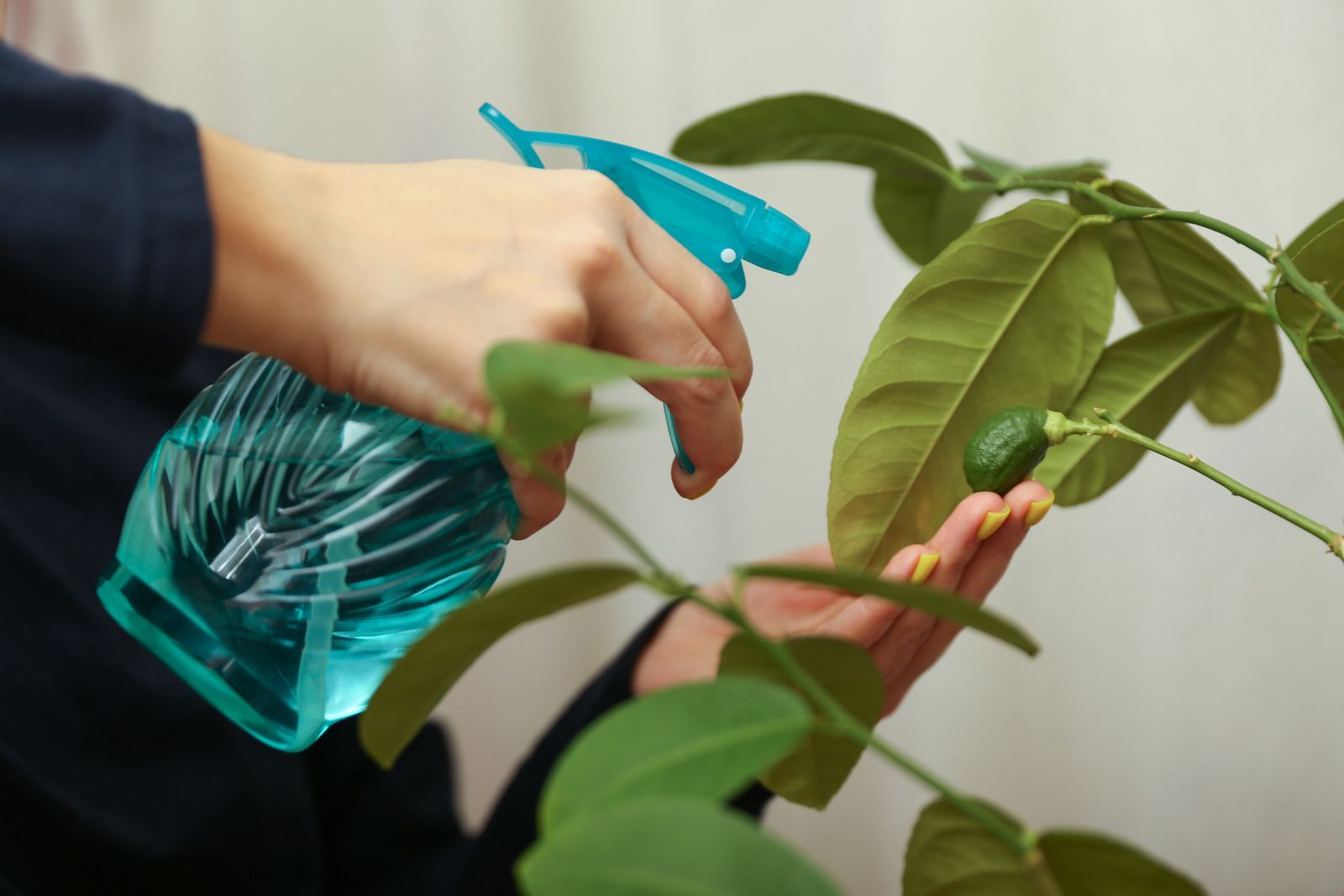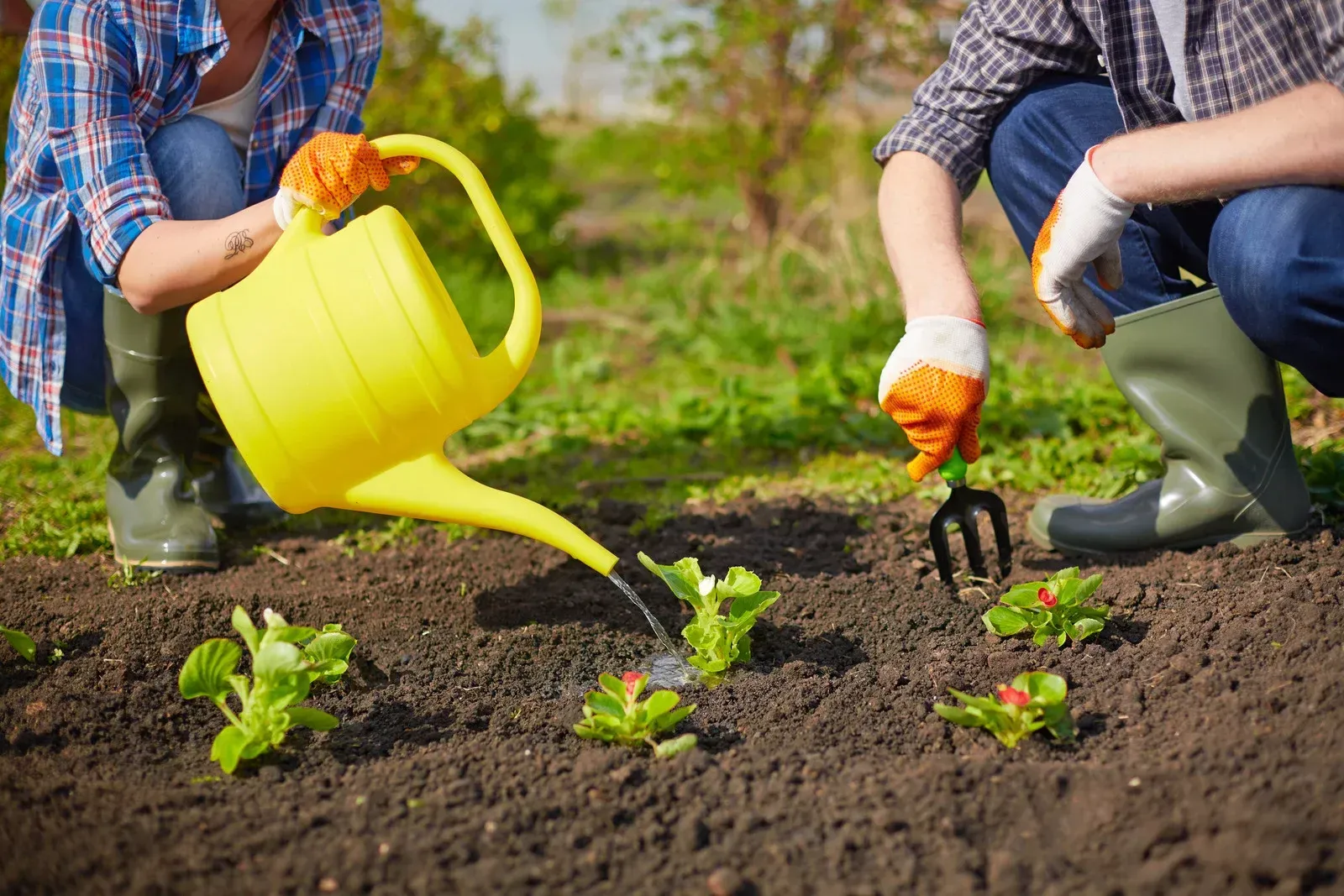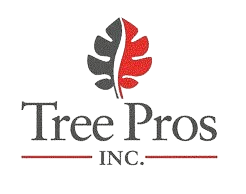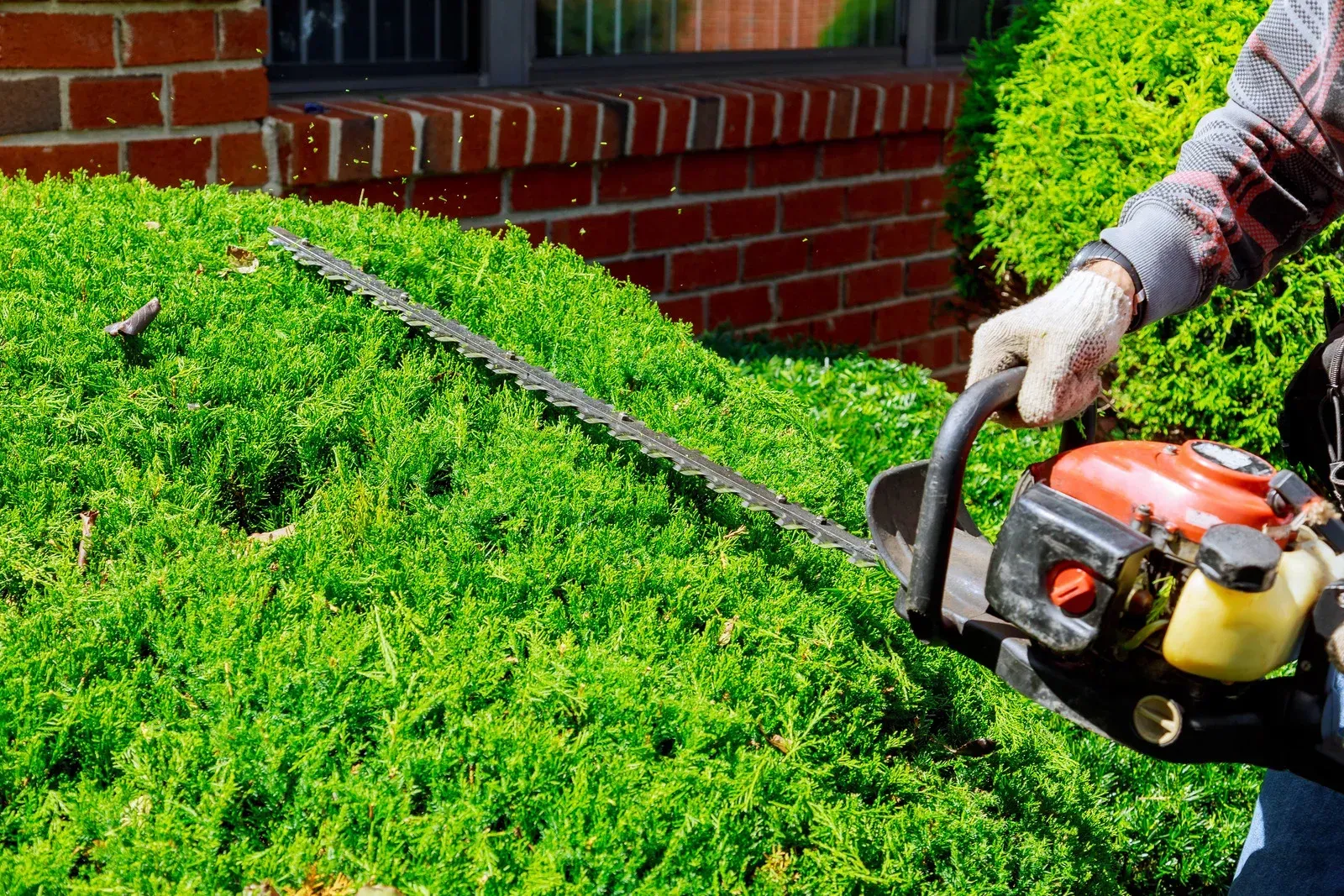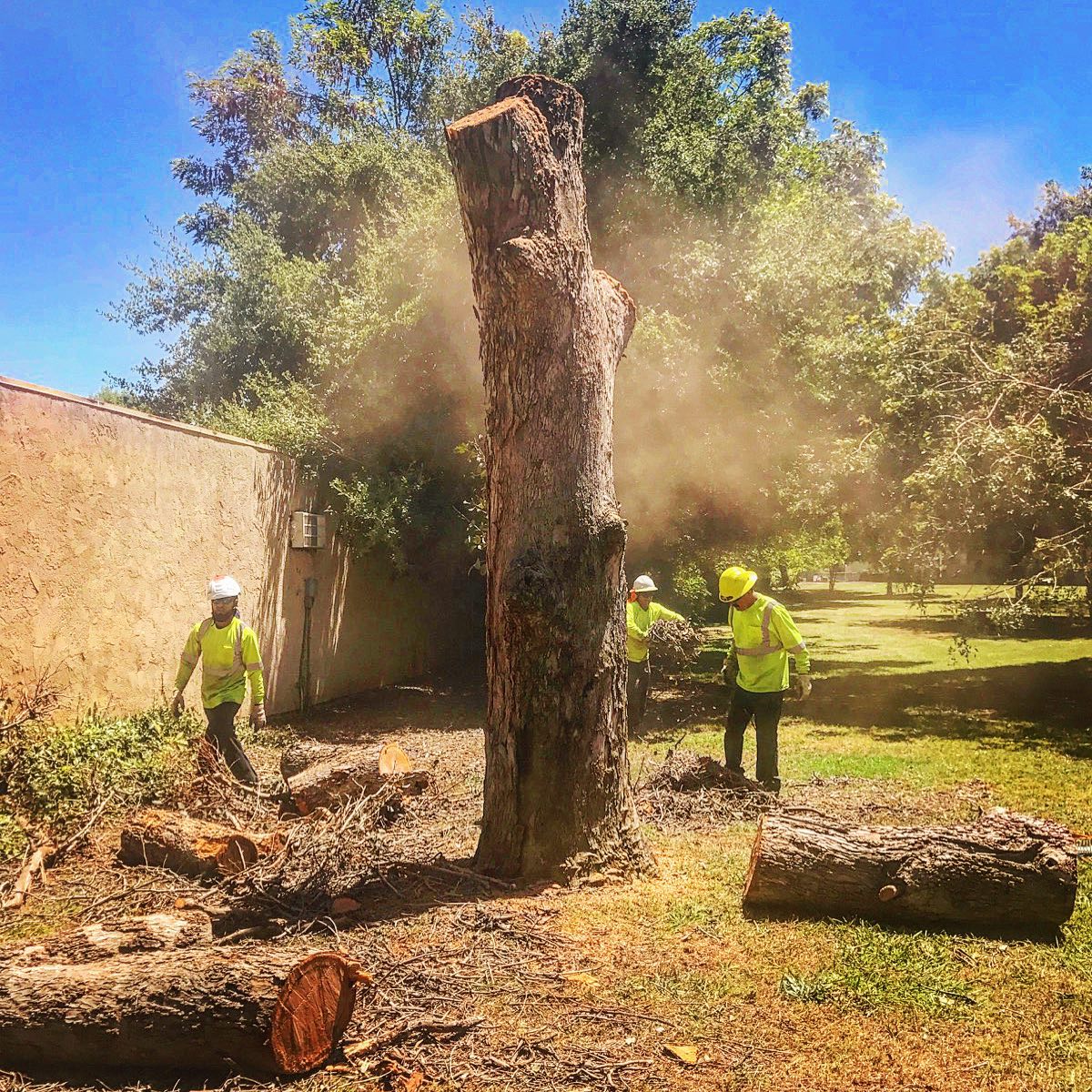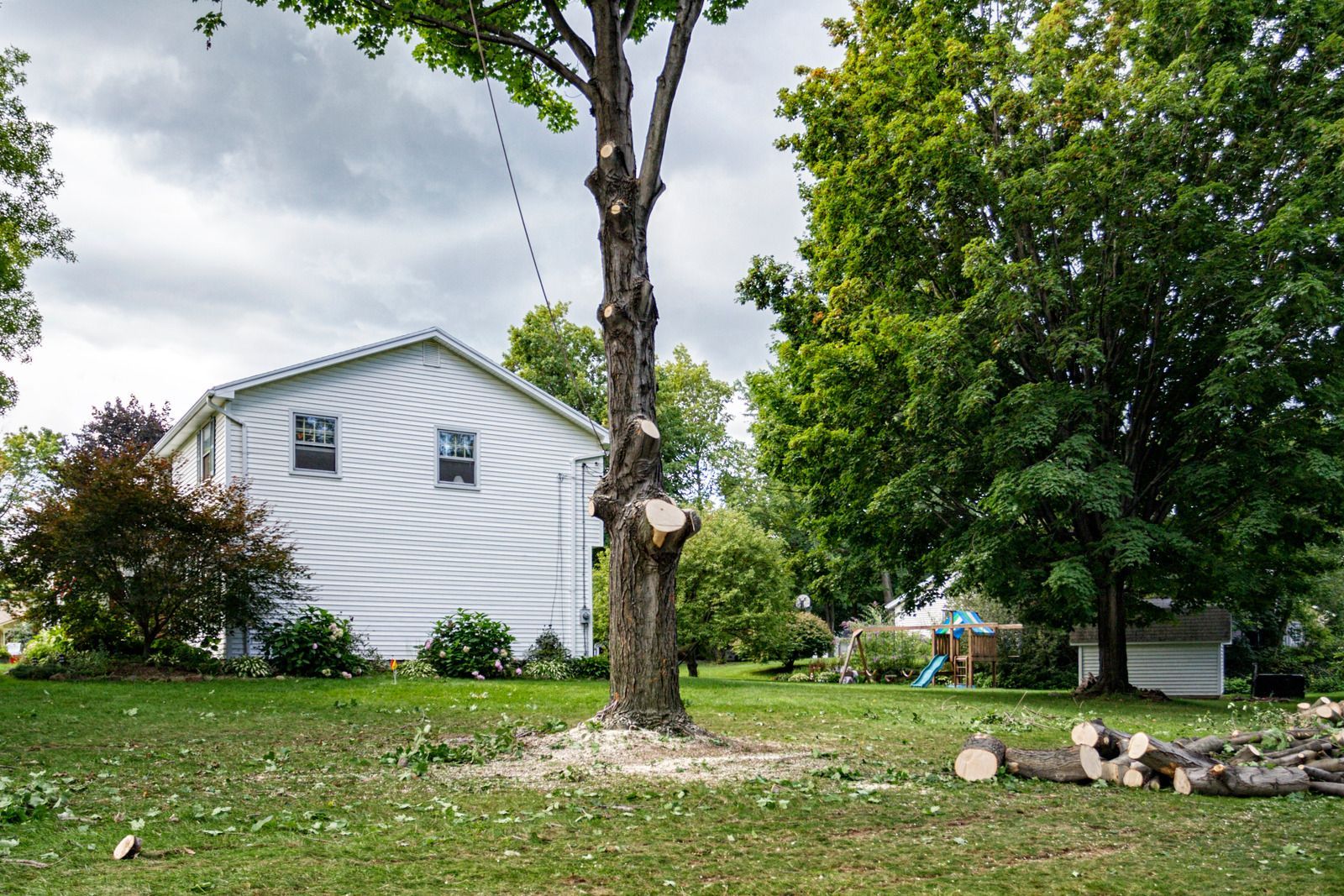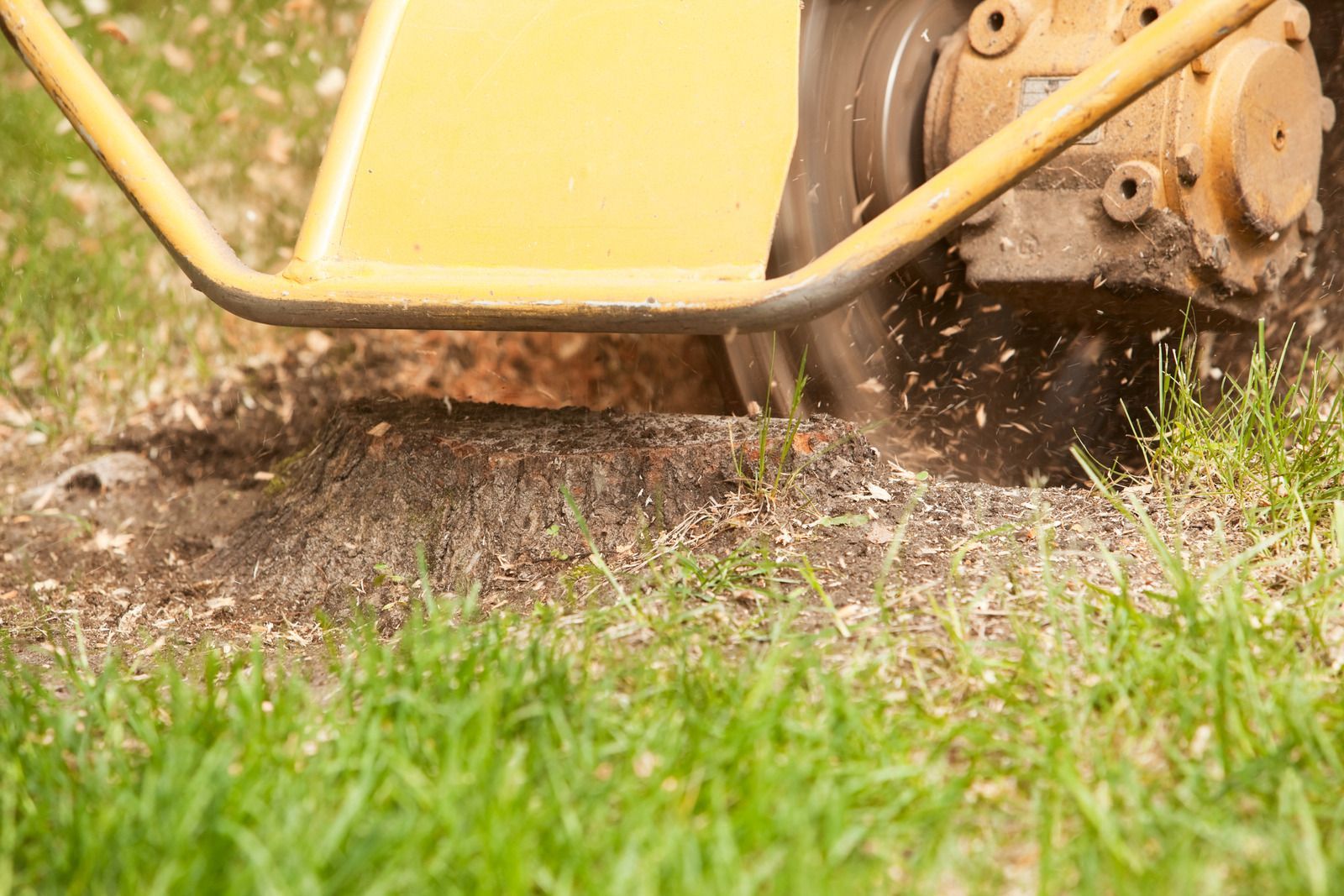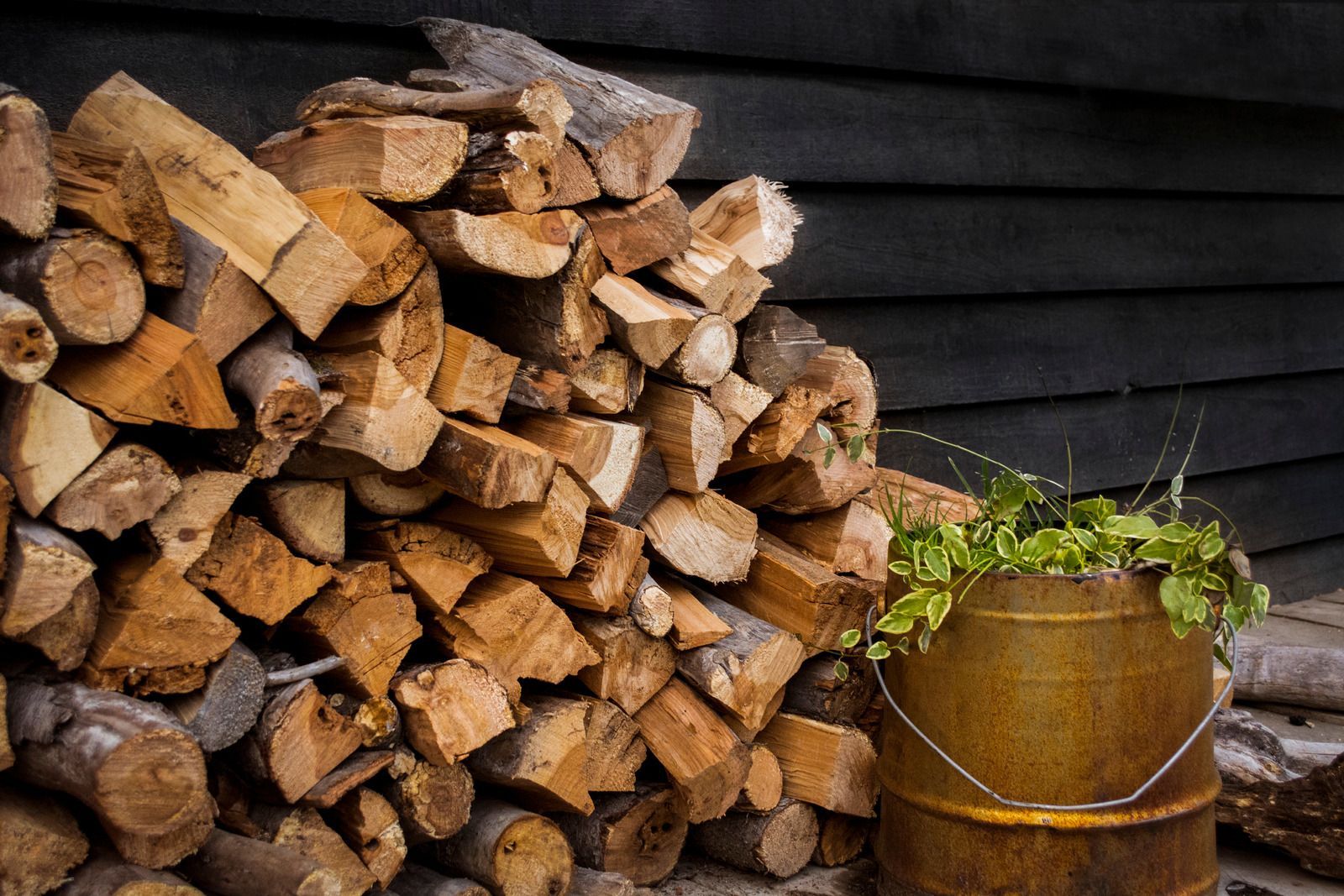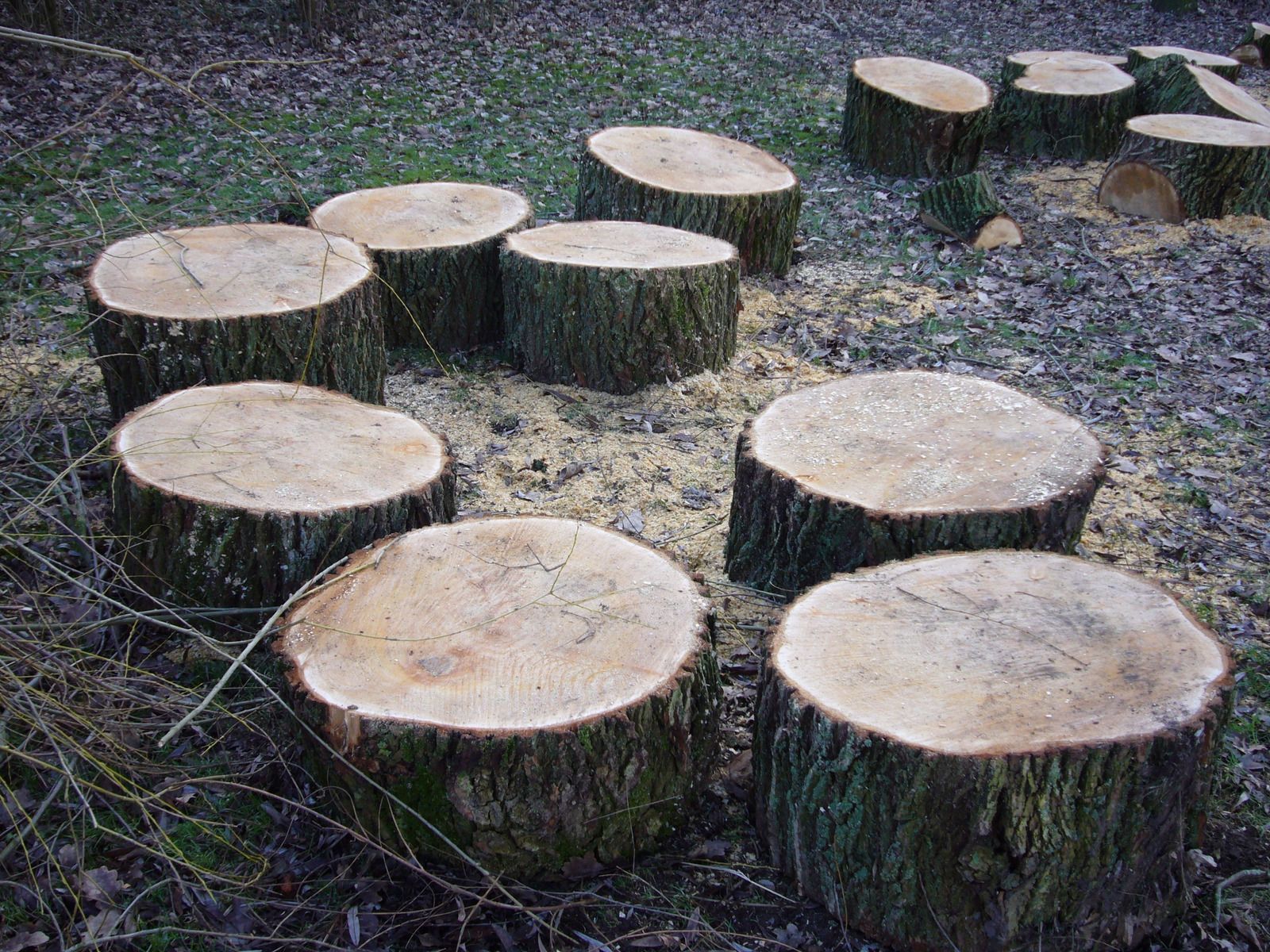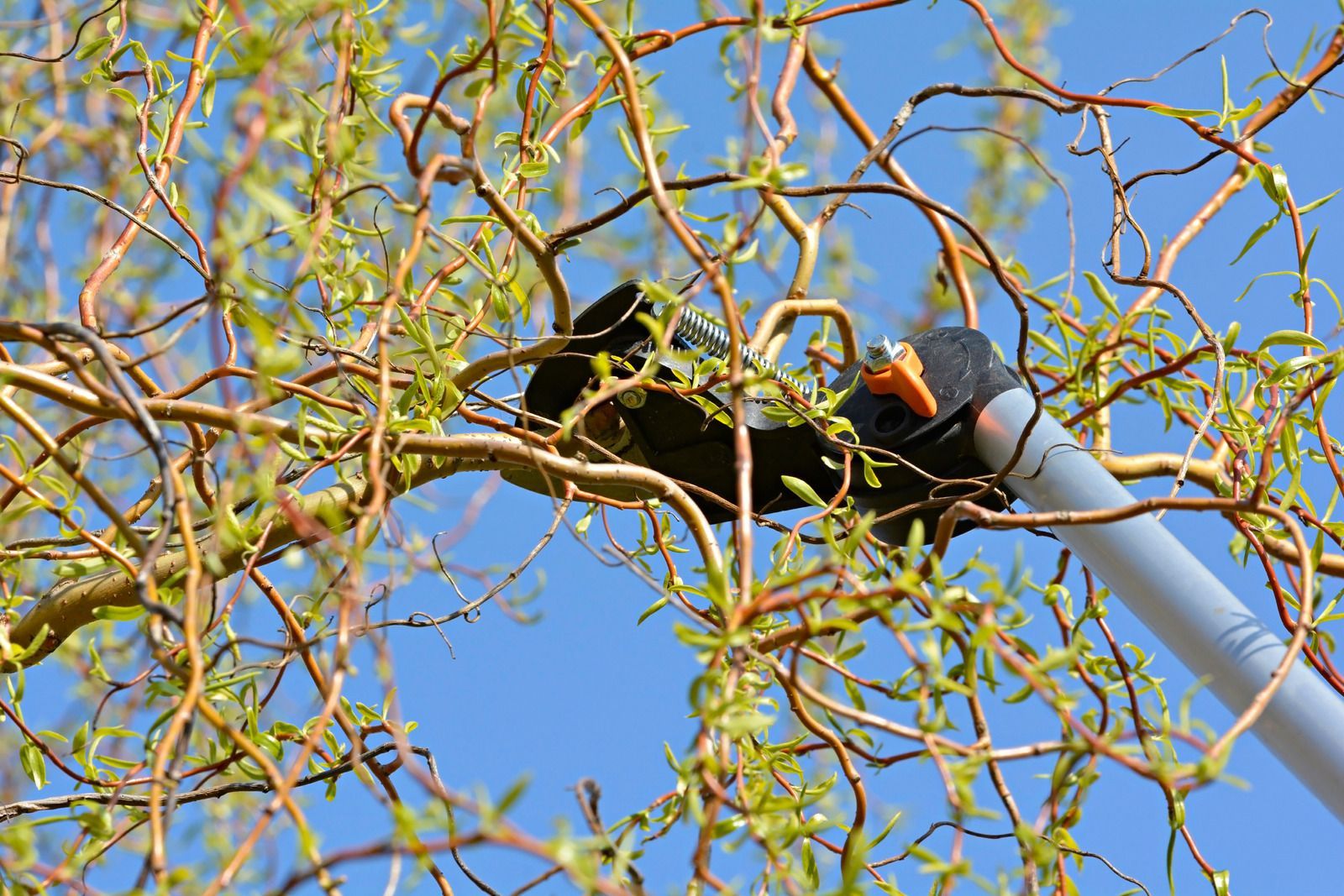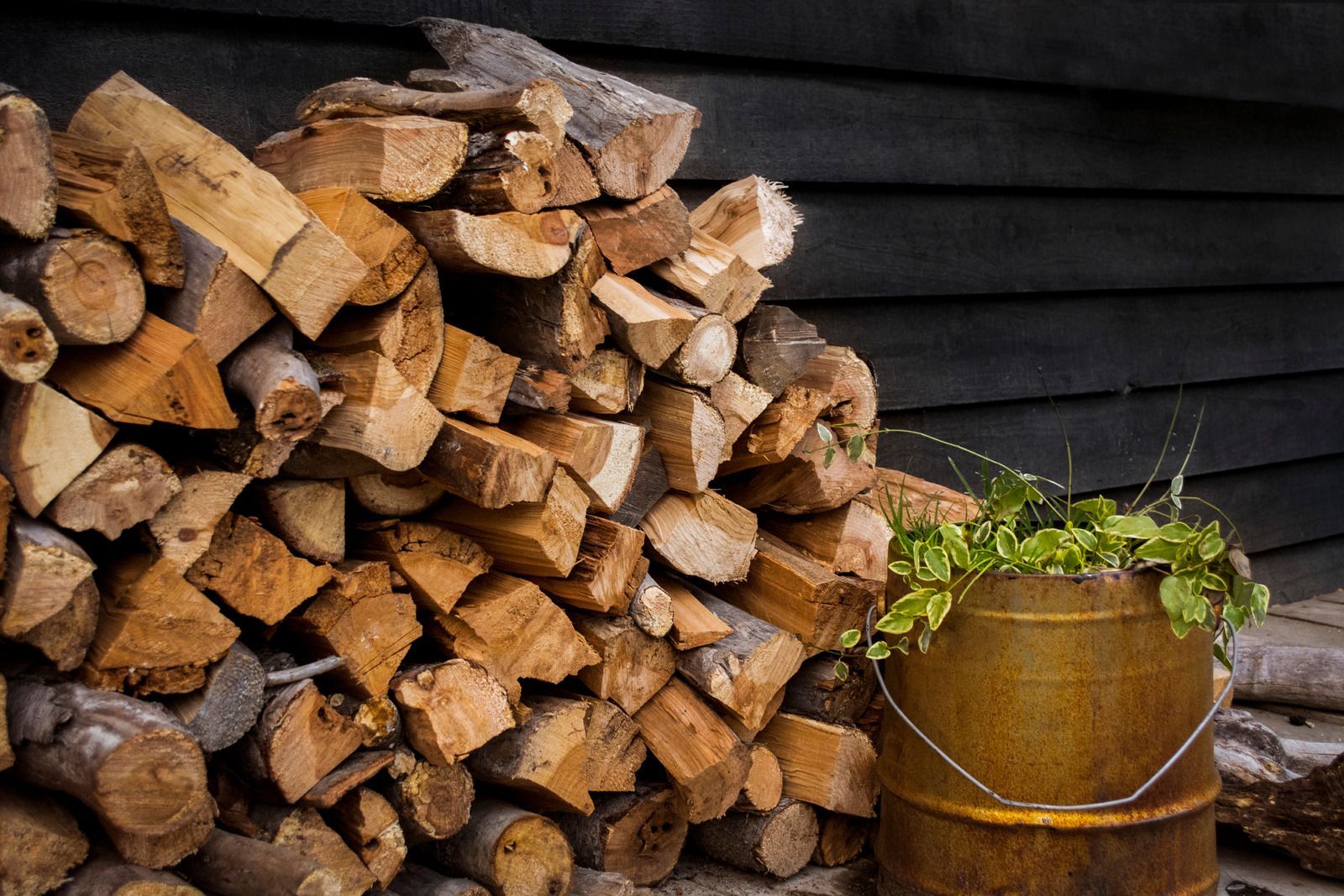Rooted in Success: Advanced Techniques for Professional Tree Services
Trees are more than just a part of our landscape; they are vital contributors to our environment and aesthetics. However, managing and maintaining them requires expertise, especially as the field of arboriculture continuously evolves. This blog delves into the advanced techniques professional tree services utilize to ensure trees thrive and contribute positively to our surroundings.
The Art and Science of Tree Pruning
Tree pruning is not just about removing excess branches; it's a sophisticated process that requires understanding the tree's biology. Advanced pruning techniques focus on maintaining the tree's structural integrity while promoting healthy growth. Techniques like crown thinning, raising, reduction, and cleaning depend on the tree's species, age, and location. The aim is to enhance the tree's natural shape, reduce the risk of falling branches, and ensure adequate sunlight and air penetration for growth.
Disease Diagnosis and Management
One of the critical roles of professional tree services is diagnosing and managing tree diseases. With technological advancements, arborists use more precise methods to identify diseases early. They rely on soil tests, foliage examinations, and even genetic testing to understand the underlying causes of a tree's ailment. Once diagnosed, they use eco-friendly and targeted treatments to manage these diseases, ensuring minimal impact on the surrounding environment.
Tree Risk Assessment
Professional tree services are now equipped with advanced tools for comprehensive risk assessments. These assessments are crucial, especially in urban areas where a falling tree can cause significant damage. Arborists use tools like resistographs and aerial inspection drones to assess a tree's stability and structural integrity. These assessments help make informed decisions about pruning, cabling, or, in some cases, removing the tree for safety.
Modern Stump Removal Techniques
Stump removal has traditionally been a challenging task. However, modern techniques have made this process less invasive and more efficient. Professional tree services now use high-powered stump grinders and chemical treatments that accelerate stump decomposition, making it easier to remove them without disrupting the surrounding landscape.
Integrated Pest Management (IPM)
Pests can be detrimental to tree health. Integrated Pest Management (IPM) is a holistic approach professional arborists use to manage pests. This technique involves monitoring for pests, identifying them accurately, and using targeted treatments that are environmentally friendly. IPM focuses on the long-term prevention of pests or their damage through biological control, habitat manipulation, and resistant varieties.
Tree Planting and Relocation
Planting and relocating trees is a complex task that requires understanding the tree's species, soil conditions, and future growth pattern. Professionals use advanced techniques to ensure trees are planted or relocated with minimal shock to their systems. They also provide post-planting care, crucial for the tree’s survival in its new location.
Utilizing Technology for Client Engagement
In the digital age, professional tree services also leverage technology to enhance client engagement and project management. With tools like GIS (Geographic Information Systems) for mapping, CRM (Customer Relationship Management) software for client interactions, and drone technology for aerial assessments, these services are now more efficient and customer-friendly.
Conclusion
The field of professional tree services is continually evolving, with new techniques and technologies improving how we care for trees. These advanced methods ensure the trees' health and safety and contribute to our environmental well-being. By embracing these innovative approaches, professional tree services are rooted in success, contributing vital to our natural and urban landscapes.
